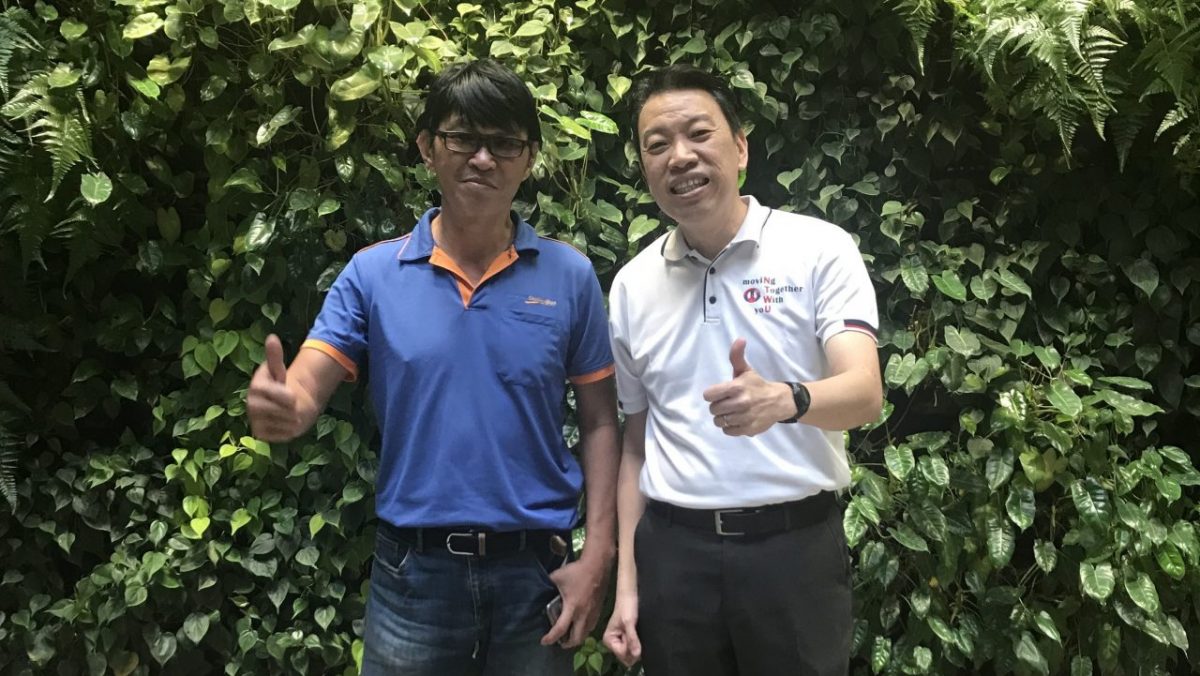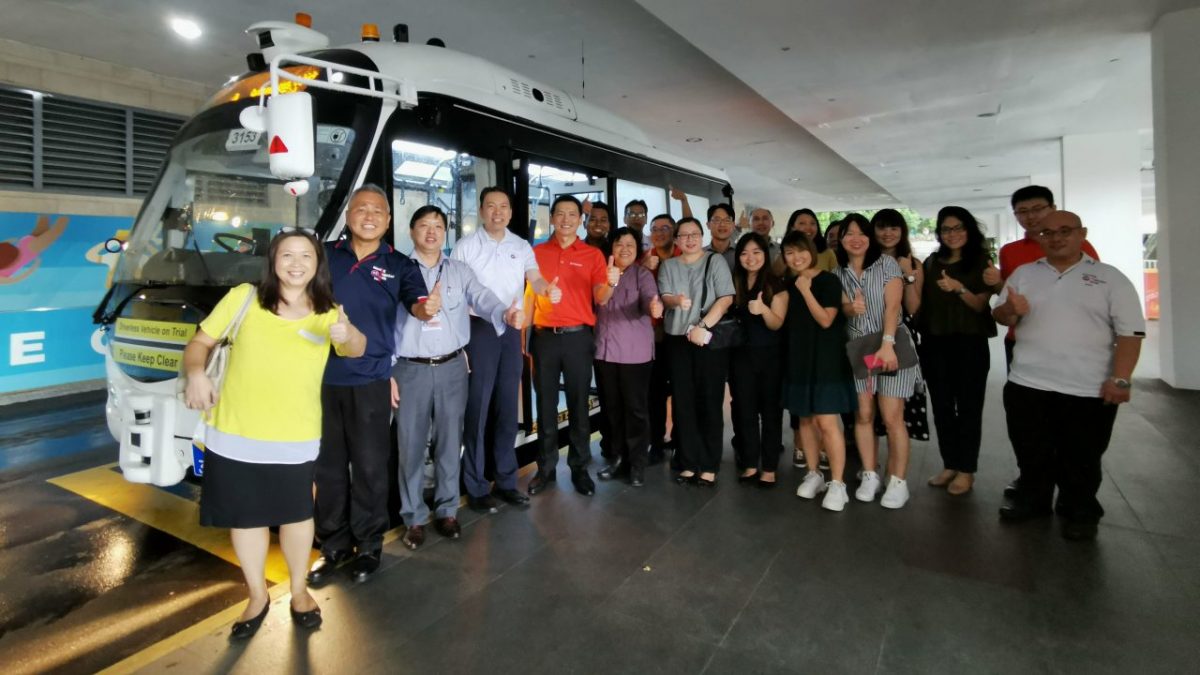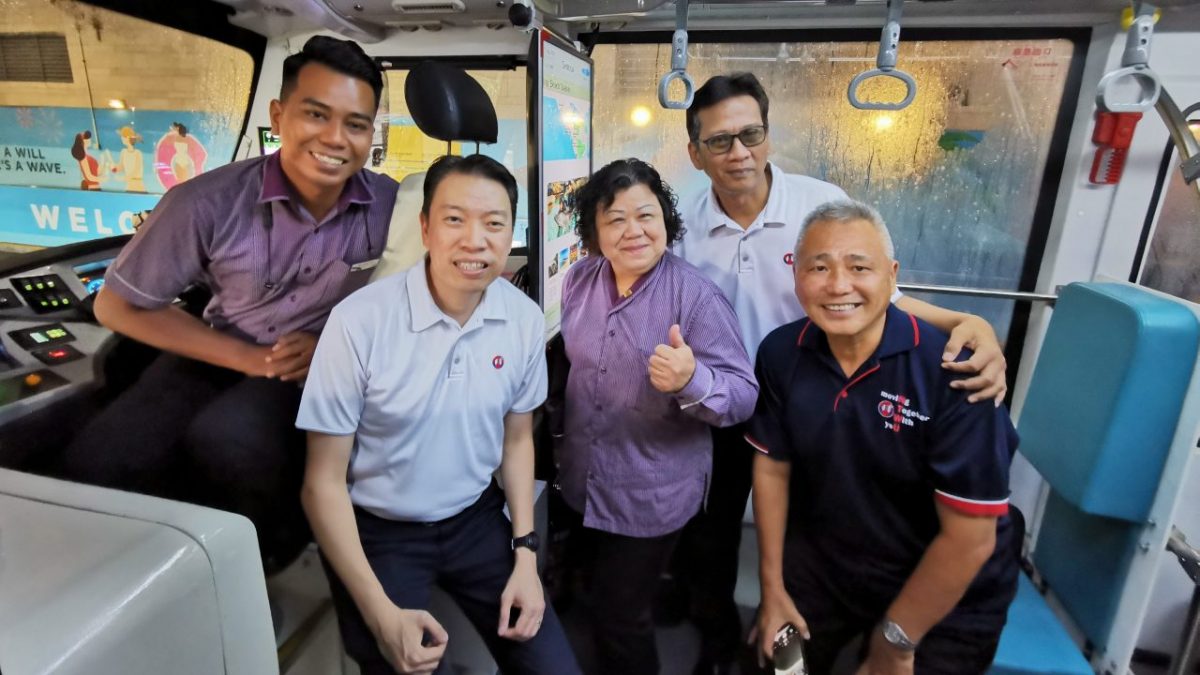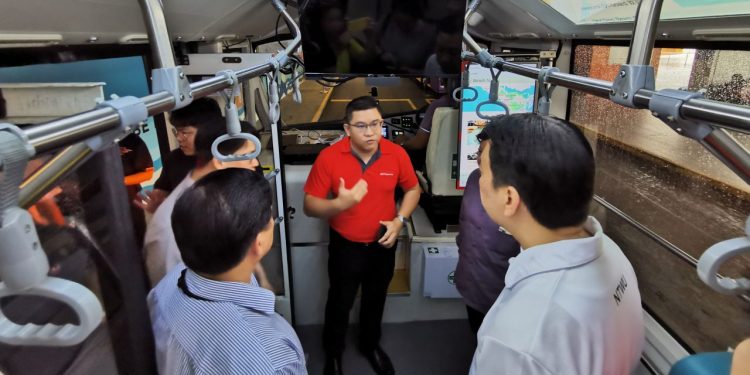This post is a contribution by NTUC Assistant Secretary-General, Melvin Yong. Any extracts should be attributed back to the author. 24 October 2019.
Autonomous buses, flying taxis, and lightning-fast 5G networks – these are just some of the innovative new technologies that are on display this week, at the Intelligent Transport Systems (ITS) World Congress. Held in South East Asia for the very first time, this year’s ITS World Congress sees Autonomous Vehicles (AVs) taking centre stage.
So, with the widespread adoption of AVs becoming an eventuality, are our tens of thousands of transport workers who rely on driving for their livelihoods doomed?
The answer is no. Because we have already started work on helping transport workers adapt to and co-create future jobs. The National Transport Workers’ Union (NTWU) stands ready to make sure that our workers will be prepared for the autonomous age.
When disruption hits your industry, who do you call?
Disruption is inevitable. To deal with it, there can be two options. We can either “wait and see” or we take bold steps to shape the future.
In Singapore, the NTUC works closely with our tripartite partners to proactively look out for disruptive trends, develop training initiatives to help all workers outpace disruption, and help them progress in their careers.
In the land transport sector, NTWU has been in close contact with the government since its early days of exploring and test-bedding of AV technologies. By having a strong tripartite relationship, we are able to intimately understand the expected pace of AV adoption, how its widespread adoption will give rise to new jobs, and more importantly, the skillsets that will be required to take on such jobs.
Recently, we visited the National University of Singapore (NUS), which has embarked on a year-long trial of the autonomous NUSmart Shuttle. Operated by ComfortDelgro, the self-driving and fully electric shuttle is required to have a certified AV operator on board to take full control of the AV when it encounters certain scenarios in which the AV has yet to learn how to navigate.

During the visit, I met with Ken, the shuttle’s certified AV operator who is a full-time bus driver with ComfortDelgro. He shared that when the AV is in operation, his main responsibility was to ensure the safety of his passengers by being vigilant about the road conditions as though he was the one driving the vehicle, and to take over the manual control of the vehicle when needed.
Ken also shared with me that the shuttle does not have a steering wheel like a traditional vehicle. Instead, he controls the shuttle using a handheld console comprising two joysticks. He jokingly said that it was easy to adapt to, as it reminded him of “playing video games” when he was younger. Being Mandarin speaking, he also shared how it was helpful that the company translated the training materials to Mandarin, and how there was ample hands-on practice to help him understand the use of the computer interface.

Over to the south, Sentosa is also trialling a fleet of four autonomous shuttles by ST Engineering Land Systems and SBS Transit. ST Engineering has taken an interesting approach to its AV development, by opting to retrofit a traditional minibus with AV technology. From the outside, it looks just like an ordinary bus, and it even has a steering wheel.

At Sentosa, I met with AV operators Mohd Faiz and Poh Suan, who are also responsible for manual takeovers of the autonomous shuttle when required. Both are full-time bus captains from SBS Transit, sent to learn from the experience as AV safety operators. They shared with me that they have enjoyed the learning opportunity, and said that the AV developer considers their feedback seriously when finetuning the acceleration and braking profiles of the AV, to provide a smooth ride to commuters.
Protecting Workers, Not Jobs
Fostering such close partnerships and knowledge sharing with AV developers, Public Transport Operators (PTOs), and the government, is vital in ensuring that the NTWU helps our members stay ahead of the technology curve and co-create the jobs of the future.
NTWU has already formed Company Training Committees (CTCs) with all four PTOs to work closely with them to develop the relevant training programmes for public transport workers, catered specifically to the new technologies and systems that each PTO plans to adopt.
We can certainly work with more partners to improve the effectiveness of our CTCs. That is why I am glad that NTWU has inked a Memorandum of Understanding (MOU) earlier today with the four PTOs, ST Engineering and Land System, the Land Transport Authority, NTUC’s e2i, and Workforce Singapore, to develop training programmes to upskill bus captains and prepare them for the new jobs created by the mainstream deployment of autonomous bus fleets.
This MOU is indeed reflective of Singapore’s unique brand of triparitsm. The union’s collaborative approach with the government and PTOs means that we are able to help our bus workers prepare for a smooth transition to an autonomous future, and have a voice on the table when discussing the pace of the transition.
Conclusion
Many workers intuitively understand the need to embrace new technologies, and they are not afraid to do so. With the union here to manage the pace of transition and creating structured training plans, disruptive threats and technologies are simply opportunities for a better future!

